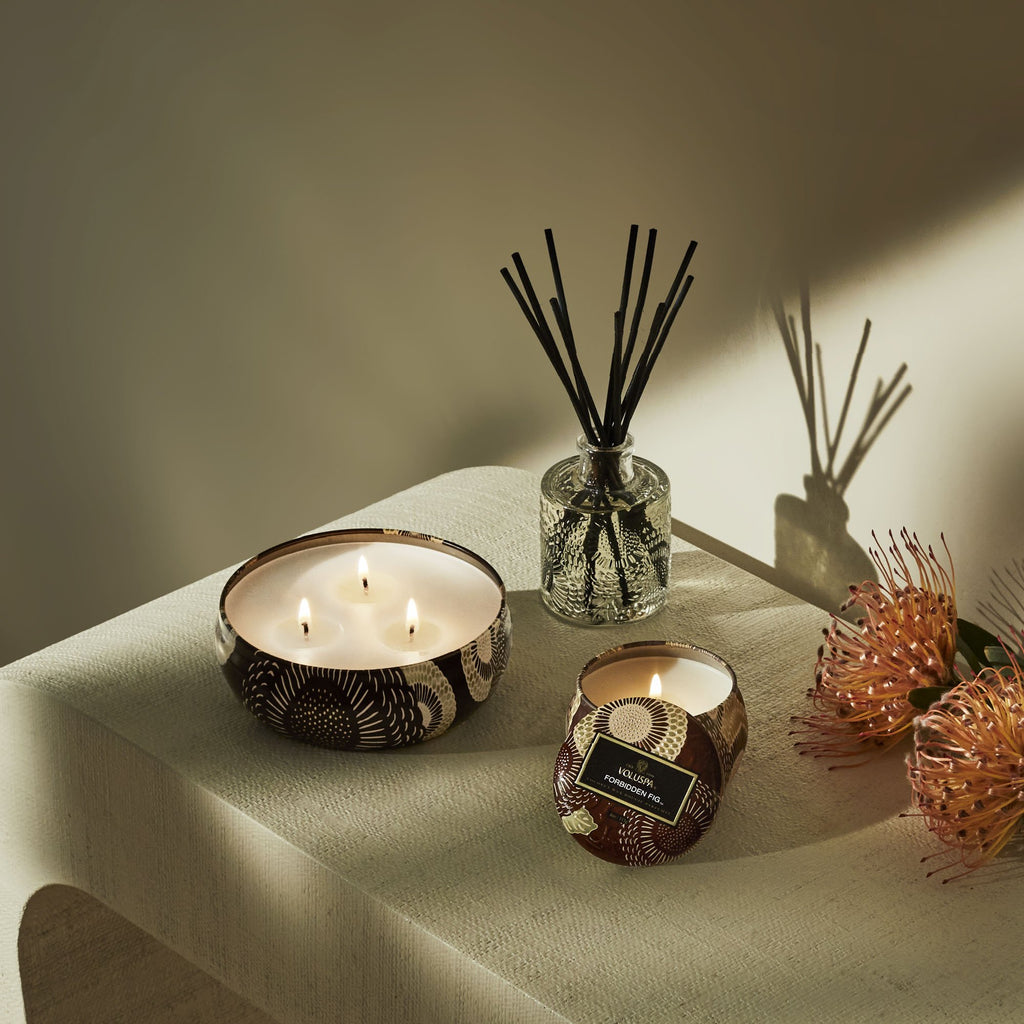

According to him, it was “disgraceful that in so sacred a place there should have been depicted all those nude figures, exposing themselves so shamefully.” Cardinal Carafa and Monsignor Sernini called for the piece to be censored, while Biagio da Cesena, the Pope’s master of ceremonies, called the paintings fit “for the public baths and taverns” rather than a chapel. Certain powerful figures in the Vatican weren’t happy. But Michelangelo stripped them all of both their status and clothing, showing everyone in the buff. Traditionally, that subject had been illustrated with figures clothed according to their social rank, as art historian Peter Russell has pointed out. In the 1540s, some 40 years after his fiasco with David, he pushed his luck yet again-this time, for a wall fresco in the Sistine Chapel depicting the Last Judgement.

But sometimes, the Vatican called him out for crossing the line of decency. Fearful of losing its flock, the Vatican began ordering reforms across the church-including censorship of nudity in art.Įven so, Michelangelo received an abundance of commissions from Popes and other powerful clergymen during his life, most notably the ceiling of the Sistine Chapel. This had everything to do with accusations of corruption against the church being made by the Protestant Reformation and its leader Martin Luther. Even after receiving criticism for his own version of David (rendered at a much larger scale and with more pronounced physical attributes than Donatello’s) in the early 1500s, he continued to incorporate nudity into his work.īut as Michelangelo’s artistic career developed, the Catholic Church’s crackdown on “lasciviousness” of all kinds also intensified. Some of his artist-successors followed suit-namely, Michelangelo. His bronze rendition of David (circa 1440) has been cited by scholars as the first known sculpture depicting a completely naked figure since antiquity. This was a novel idea in his hometown of Florence, where the Catholic Church wielded vast power. This idea inspired artists like Donatello, who started making work that honored the nude body in all its glory. Those ancient marble sculptures were forged in a time when the chiseled nude body represented honor and virtue, as opposed to immorality and vice. By the medieval era, art commissioned by the Catholic Church mostly represented nudity as a sin it was used to depict people who’d been sent to hell.īut that began to change in the 1400s, when Italian artists-thanks to a mounting interest in antiquities and excavation-rediscovered classical Roman and Greek art.

This story-which became integral to Christianity’s teachings-communicated to the religion’s flock that nudity was shameful. Early artistic depictions of the purported events show the once-nude figures sheathed in leaves that obscure their genitals, subtly representing original sin and a fall from grace. The duo, shamed by their nudity after eating from the tree of knowledge, “sewed fig leaves together and made themselves aprons,” as chronicled in the Book of Genesis. The plant’s cultural significance can be clearly traced back to the tale of Adam and Eve. It has became known as the “Fig Leaf Campaign,” one of history’s most significant acts of art censorship.īut the fig leaf’s role in art history doesn’t begin with Michelangelo. Their coverups of choice? Loincloths, foliage, and-most often-fig leaves. Soon after, the figure’s sculpted phallus was girdled with a garland of bronze fig leaves by authorities.Ħ0 years later, just months before Michelangelo’s death, the Catholic Church issued an edict demanding that “figures shall not be painted or adorned with a beauty exciting…lust.” The clergy began a crusade to camouflage the pensises and pubic hair visible in artworks across Italy. The work scandalized the artist’s fellow Florentines and the Catholic clergy when unveiled in Florence’s Piazza della Signoria in 1504. Take Michelangelo’s famous sculpture David (1501–04), a muscular, starkly naked depiction of its namesake biblical hero. And in large part, we have art history-and the artists determined to portray nudity even when it was considered taboo-to thank for that. It’s a plant that’s become synonymous with sin, sex, and censorship. Consider the fig leaf: a little piece of foliage that’s shielded the genitals of famous biblical figures and nude sculptures for centuries.


 0 kommentar(er)
0 kommentar(er)
